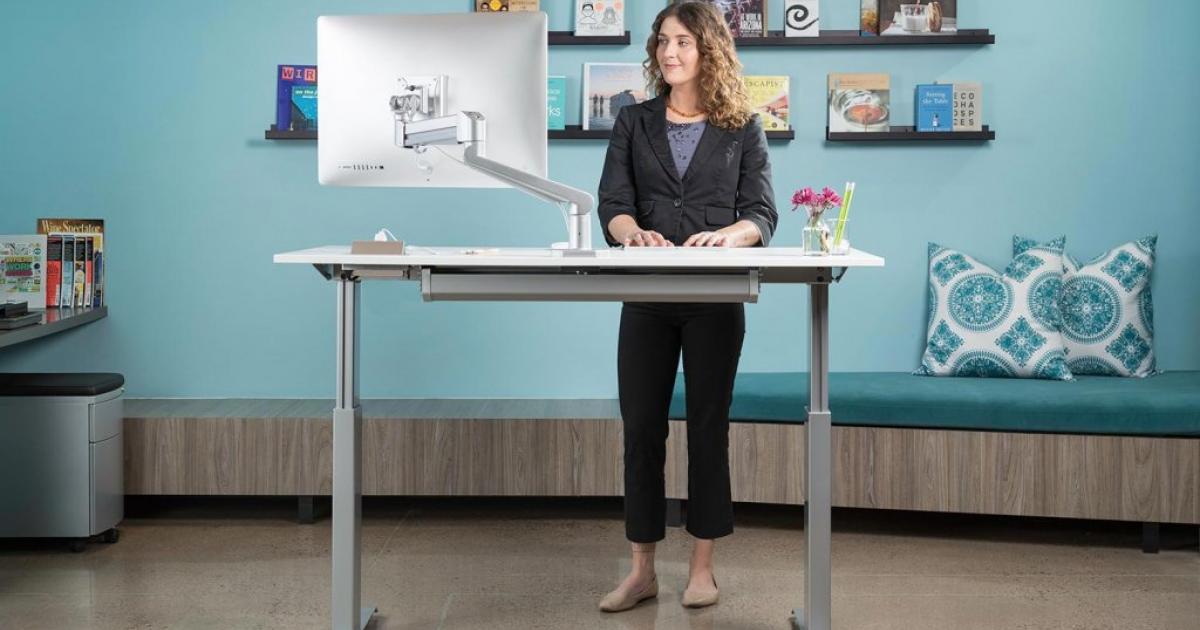How To Get Rid Of Varicose Veins And Feel Confident In Your Skin Again
Risk Factors

Unfortunately, it is not currently known precisely why blood vessel walls can become weak or faulty, but experts do know certain conditions can enhance the risk of this occurring and resulting in varicose veins. These risk factors for varicose veins include obesity, standing for extended periods, having a family history of varicose veins, being over fifty years old, menopause, and pregnancy. Certain medications may also increase an individual's risk of developing varicose veins, though this must be discussed with a doctor so potential medication substitutions can be evaluated.
